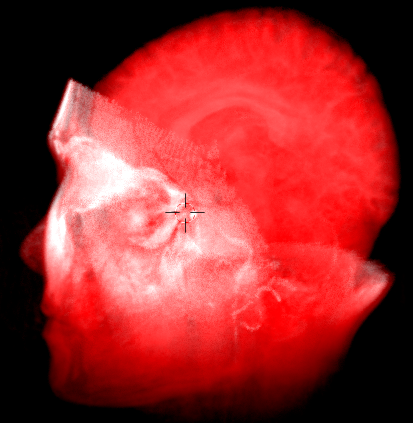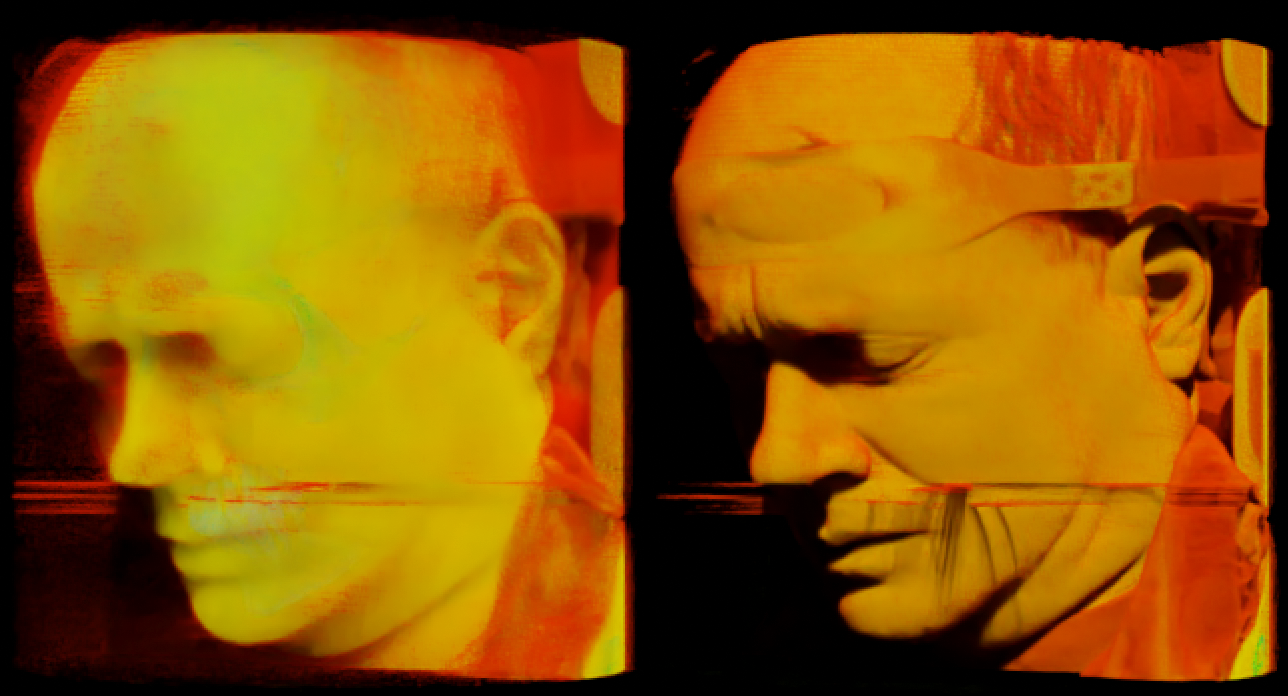I know it's possible to do this in BI, but I need your help to do this in cycles.
For now, I have a setup to use an image sequence as volume but it only shows 1 slice/frame. I'm using generated texture coordinates for easy mapping (0-1 on each axis). The images are mapped on XY and I would like to use normalized frame# as Z coordinate to map the sequence as a volume.
Images sequence can be found here (I'm using 16-bit TIF files of MRBrain in this exemple).
Any solution is welcome but try to keep it simple and user friendly :).
Final Edit:
I had a hard time choosing between Lemon's and PGmath's answers.
Lemon's is more user friendly and flexible, and uses the image sequence without any change inside blender.
PGmath's uses a 3rd party converter to make the sequence 1 single image, but allows GPU rendering.
Well, ImageMagick's command line is : "convert +append *.tif anim.tif" from the folder where the sequence is unzipped. Not so hard. That's why I accepted PGmath's answer.
Now, i played with it, and here's the result.

The "volume" object contains the volume shader (playing with the color ramp gives funny things) and the boolean modifiers (turn them off to see the complete volume, but reduce the final density multiplier for better view).
The "Slice Control" arrow empty controls the slice position/rotation.
The "Texture Mapping" object controls...the mapping, if it need some tunning (position, rotation, scale, and then tiling if necessary?).

















